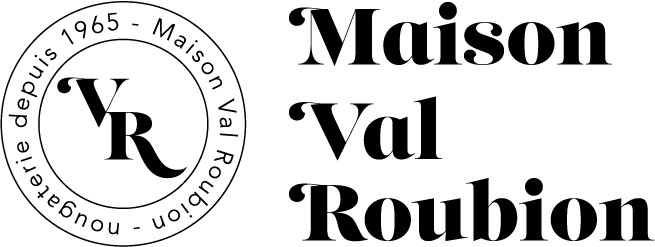Among the many creations involving nougat, nougatines—nougat shards used as decorative elements in pastries—stand out. Starred chefs often enjoy reimagining these classics by adding their personal touch. Imagine, for example, a millefeuille where each layer is sprinkled with nougat crumbs, adding crunch and richness to every bite.
Gourmet events showcasing Montélimar nougat also provide chefs with opportunities to present their latest creations. During festivals or culinary competitions, these experts compete to elevate this iconic ingredient. The results are often astonishing, blending tradition and innovation with finesse.
Contemporary Applications of Nougat
Nougat and Modern Techniques
One fascinating aspect is how Montélimar nougat integrates into modern kitchens using advanced preparation techniques. For example, the technique of spherification captures the essence of nougat in small explosive globules, offering a unique tasting experience as they burst in the mouth. This approach adds not only a new texture but also impressive visual appeal.
Chefs also experiment with nougat in powdered or cream forms, making it easier to incorporate into light mousses or complex sauces. Transforming this traditional confection into something completely unexpected showcases the dynamism and adaptability of this ingredient.
Nougat and Innovative Flavor Pairings
Pairing nougat with unusual flavors creates remarkable culinary experiences. Consider combining Montélimar nougat with aromatic herbs like rosemary or verbena. These combinations juxtapose sweetness with freshness, captivating the taste buds. Bold creations even include exotic spices like Espelette pepper or saffron, enhancing the depth and richness of each dish.
Carefully chosen food and wine pairings are also crafted to elevate nougat's flavor. A sweet wine, for instance, can balance nougat's sugary notes, creating perfect harmony within a gastronomic meal. This holistic approach to tasting highlights the importance of each component in crafting a memorable culinary experience.
Challenges and Joys of Working with Nougat
Delicate Yet Textured
Working with Montélimar nougat presents unique challenges. Its crunchy yet fragile texture makes it delicate to handle. Chefs must demonstrate precision and skill, particularly during cutting or decorating, where crumbs can easily get out of control. Yet, this fragility adds to the beauty and satisfaction of the final product.
Additionally, nougat's composition requires careful preservation methods. Exposure to humidity or extreme temperatures can alter its texture and flavor. Michelin-starred chefs view this as an extra challenge but also an opportunity to showcase their technical mastery by maintaining this delicate ingredient's optimal quality throughout the preparation process.
A Shared Pleasure
Despite the challenges, working with nougat brings immense joy to both chefs and diners. Watching guests’ eyes light up when presented with a nougat-based creation is a priceless reward.
Some renowned establishments host culinary workshops where they reveal the secrets behind their nougat creations, enabling enthusiasts to replicate these delights at home. By sharing their expertise, chefs not only preserve tradition but also inspire the next generation of culinary creativity.
The Future of Nougat in Haute Cuisine
As Montélimar nougat continues to captivate both the public and culinary professionals, its role in haute cuisine grows steadily. This regional product could very well earn additional accolades and greater recognition in international culinary circles.
Future innovations and sustainability go hand in hand. Many chefs focus on ingredients from eco-friendly farming practices, ensuring environmental respect while preserving exceptional quality. Montélimar nougat, already an emblem of French tradition, may soon become a model of ecological goodness on the plate.




 How Montélimar Nougat Inspires Michelin-Starred Chefs
How Montélimar Nougat Inspires Michelin-Starred Chefs
 Top 10 Unique Desserts with Montélimar Nougat
Top 10 Unique Desserts with Montélimar Nougat
 How to Taste and Fully Enjoy Nougat
How to Taste and Fully Enjoy Nougat
 Health Benefits of Honey and Almonds in Nougat | Maison Val roubion
Health Benefits of Honey and Almonds in Nougat | Maison Val roubion
 The Secrets of Storing Nougat
The Secrets of Storing Nougat



